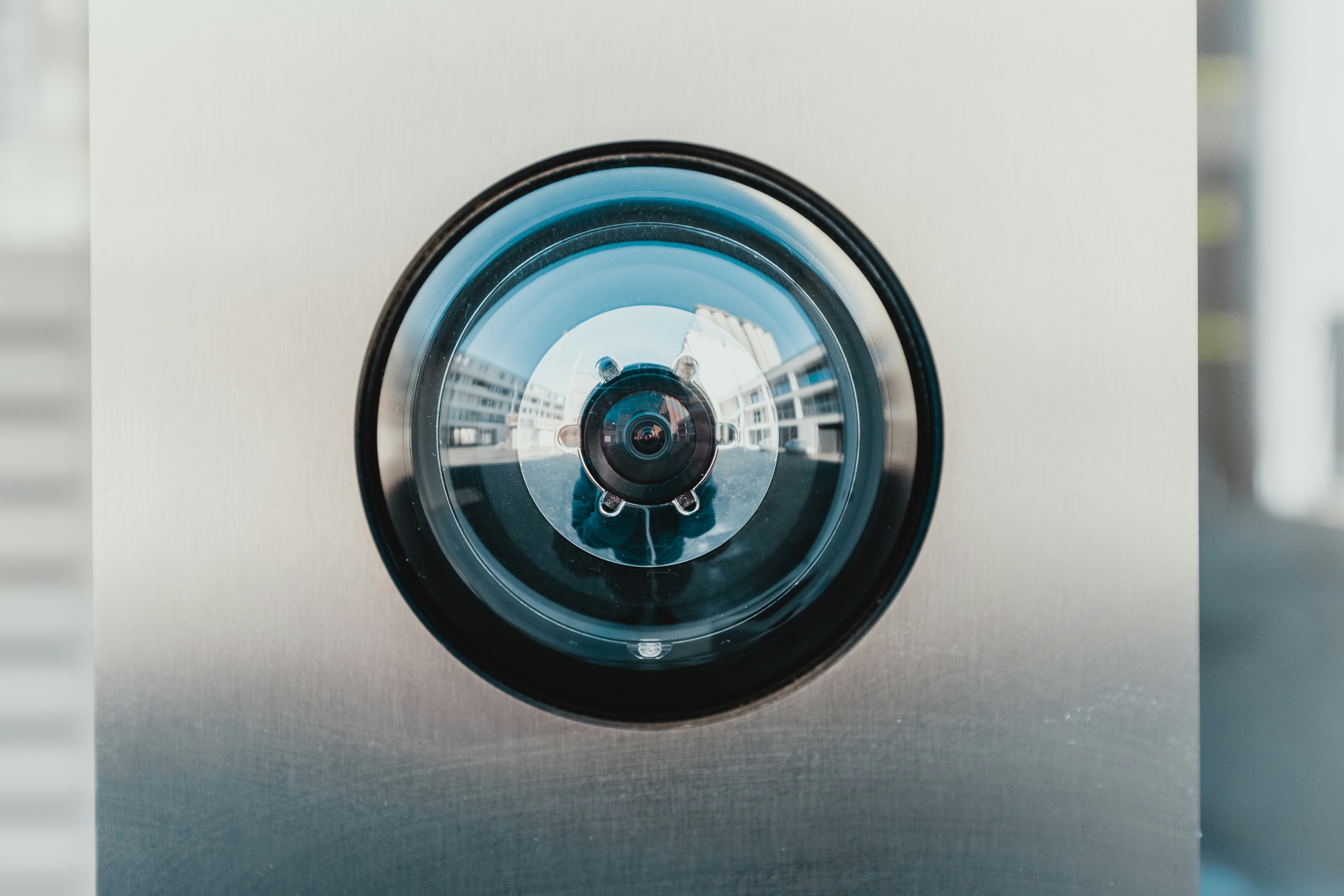
The Top Home Security Upgrades For Peace Of Mind
Home should feel like a true haven, where comfort and security blend into daily life. Curling up on the couch or enjoying a quiet evening becomes even more enjoyable when you know your space is well protected. Taking practical steps to secure your home doesn’t have to be costly or complicated. This guide shares straightforward ideas that suit different budgets and busy routines. With options ranging from easy adjustments to useful technology, you can find reliable ways to enhance the safety of your living space and enjoy greater relaxation every day.
Start by taking stock of what’s already in place, then layer on improvements that create a seamless security system. You’ll find ideas for solid locks, smart sensors, outdoor lighting, and intuitive controls that feel like a natural extension of your home. Dive in, and get ready to see your home through fresh eyes.
Evaluate Your Current Home Security
Begin by walking around your home as if you were seeing it for the first time. Notice which doors or windows seem like easy entry points. Test each lock, check for gaps under exterior doors, and look for dimly lit corners. Photograph spots that catch your attention so you can compare before-and-after shots once you’ve made upgrades.
Next, review any existing security gear—motion sensors, cameras, or alarms—and verify they work properly. Replace batteries, clear old notifications on wireless devices, and reorganize cords so nothing blocks sensors. When everything functions smoothly, you’ll identify weak areas faster and feel more confident planning your next steps.
Upgrade Door and Window Locks
Replacing standard locks often provides a dramatic improvement in safety. Focus on high-traffic entry points like the front door, back patio door, and basement windows. Choose locks that combine solid craftsmanship with user-friendly designs.
- Deadbolt locks: Select models with a one-inch throw bolt for doors facing the street or alley. They resist kicking and prying.
- Smart locks: Find wireless keypad entries that work with phone apps. This allows you to grant temporary codes to guests, remove codes when needed, and track who enters and when.
- Window pin locks: These small metal pins prevent windows from sliding open more than an inch. Install them on ground-floor windows or those accessible from balconies.
- Reinforced strike plates: Screw long, three-inch screws into the door frame where the bolt sits. This upgrade costs just a few dollars but significantly strengthens against forced entry.
After installation, spend an afternoon testing your locks. Juggle combinations, try opening doors slightly ajar, and ensure everything feels snug. You’ll see how a few changes can shift the vibe of your front entry from “vulnerable” to “secure.”
Set Up a Modern Alarm System
Current alarm systems serve as attentive partners. They alert you to motion, break-ins, or smoke in real time. Many manufacturers offer self-install kits that assemble easily, so you avoid extra fees. Choose a system with an app that sends push notifications and records short video clips when triggered.
Place sensors near garage doors and in hallways leading to main living areas. You could even set a motion sensor in a dark corner outside. If an alert trips in the middle of the night, you’ll appreciate receiving an instant mobile update rather than waking to an unfamiliar noise. Plus, some plans include optional professional monitoring, which contacts local authorities if you can’t respond quickly.
Improve Outdoor Security Measures
Your home’s exterior often acts as the first line of defense. Adding focused lighting, clear sightlines, and visible deterrents can make intruders think twice.
- Motion-activated lights: Mount these near entryways, driveways, and backyard paths. Choose warm LED fixtures for a pleasant glow that also uses little energy.
- Security cameras: Point cameras toward blind spots—behind sheds, along garage walls, and near side gates. Modern units store clips in the cloud and let you watch live feeds from your phone.
- Landscaping adjustments: Trim shrubs that block windows and doors. Plant thorny bushes beneath ground-floor windows to serve as a natural barrier.
- House numbers: Large, reflective numbers help first responders find you quickly in an emergency.
These upgrades are affordable and add layers of warnings and bright visibility. The aim is to stay one step ahead by making your home feel watched and less inviting to unwanted visitors.
Connect and Control Smart Home Devices
Smart devices combine security with everyday convenience in a single setup. Imagine doors that unlock when you approach, lights that follow your routine, and alerts for opened cabinets or safe compartments. Begin with a few devices, then expand based on your comfort with technology.
Choose devices that use the same wireless protocol—like Z-Wave or Zigbee—so they all communicate through a central hub. This hub connects cameras, doorbells, smart thermostats, and lights into a synchronized system you control from one app. If a window sensor triggers an alert, the hub can turn on outdoor lights and send you a video snippet immediately.
Look for gadgets labeled with straightforward setup instructions like “plug and play” or “auto-scan.” These options allow you to skip complicated coding and get your system running within minutes. Over time, add voice controls, geofencing locks, and routines that make security feel natural in your daily life.
Implementing these improvements will strengthen your home security, with doors, cameras, and smart bulbs working together. You’ll gain peace of mind knowing you've taken practical steps to protect your space. Relax and enjoy your upgraded home environment.